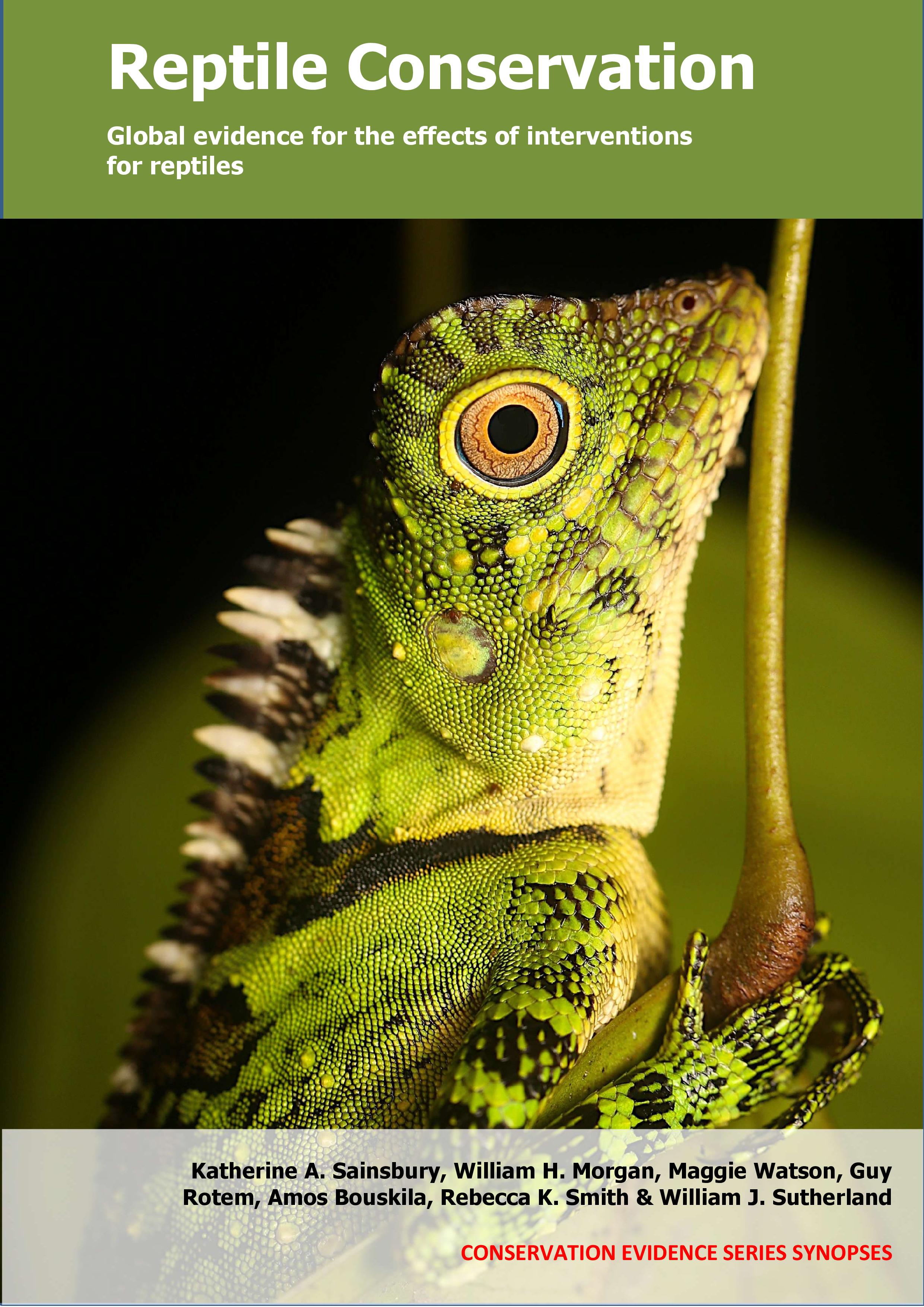Use larger hooks
-
Overall effectiveness category Awaiting assessment
-
Number of studies: 2
View assessment score
Hide assessment score
How is the evidence assessed?
-
Effectiveness
not assessed -
Certainty
not assessed -
Harms
not assessed
Study locations
Supporting evidence from individual studies
A study in 2004–2005 in laboratory conditions in Texas, USA (Stokes et al. 2011) found that loggerhead turtles Caretta caretta were more likely to attempt to swallow smaller circle hooks than larger circle hooks. All results were presented as model outputs, see original paper. The odds that turtles would attempt to swallow the smallest hook was 97 times higher than the odds that they would attempt to swallow the largest hook size, regardless of size of turtle. Larger turtles were more likely to attempt to swallow larger hook sizes. Turtle responses to individual baited hooks suspended in their tanks were video recorded (each hook presentation = 1 trial). Sixty 45 cm long captive-reared turtles participated in trials, of which 30 turtles participated again when they reached 55 cm and 65 cm long. Trials were carried out in April and October 2004, and May 2005. Modified circle hooks of different sizes were trialled: 14/0, 16/0, 18/0 and 20/0 (20 turtles/hook size, 20/0 was not tested with 45 cm turtles). Hooks were baited with whole squid Illex illecebrosus or sardines Sardinella aurita and either single-baited or ‘thread’-baited (see paper for details).
Study and other actions testedA replicated study in 2004–2011 in pelagic waters in the Eastern Pacific Ocean (Parga et al. 2015) found that using larger hooks reduced the likelihood of olive ridley turtles Lepidochelys olivacea swallowing hooks in an artisanal surface longline fishery. All results were reported as odds ratios, see original paper for details. Overall, larger hook sizes were less likely to be swallowed than smaller hook sizes. Using fish bait in combination with larger circle hooks lead to the largest proportion of external hookings (which are preferable to internal hookings). In 2004–2011 incidental sea turtle catch rates of circle hooks (sizes 12/0–18/0), tuna hooks and traditional J-hooks (see original paper for hook specifications) were compared by placing hooks in alternative sequence along longlines (3.5 million total hooks used in 8,996 line deployments). Bait used was classed as squid (Dosidicus gigas, Illex sp. and Loligo sp.) or fish (Opisthonema spp., Scomber japonicus, Auxis spp. and Sardinops sagax) and only deployments using one type of bait were included in analysis (4,838 of 8,996 line deployments). Information on hooking location and entanglement of sea turtles was recorded (1,823 total olive ridley turtles).
Study and other actions tested
Where has this evidence come from?
List of journals searched by synopsis
All the journals searched for all synopses
This Action forms part of the Action Synopsis:
Reptile Conservation
Reptile Conservation - Published 2021
Reptile synopsis





)_2023.JPG)














